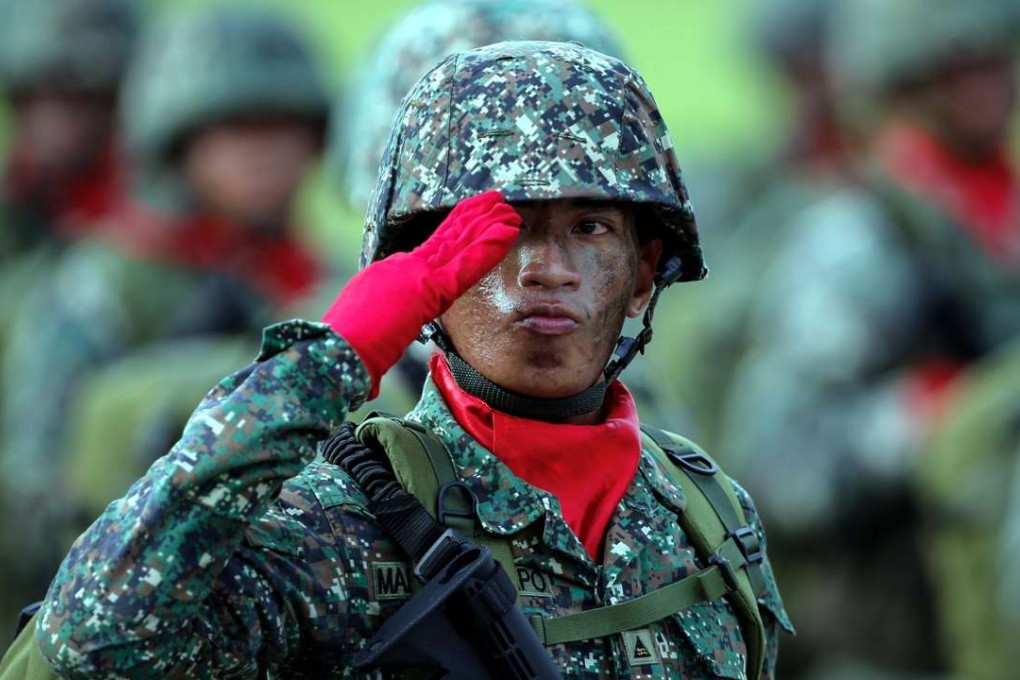Hague ruling on South China Sea must not fuel Asia’s arms race
Thitinan Pongsudhirak says China, whose rise threatens regional stability and sparked the military build-up, should be given some room to recognise the dangers of its own aggression

The ruling against China’s territorial claims in the South China Sea by the Permanent Court of Arbitration in The Hague will be met with relief in the region’s capitals. But it is unlikely to reverse one of Asia’s most worrying trends: an alarming regional arms build-up.
According to the Stockholm International Peace Research Institute, Asia now accounts for almost half of the world’s arms expenditure, which is more than twice the total expenditure of countries in the Middle East.
Investors pile into defence stocks after South China Sea ruling
Vietnam is now considering allowing the US Navy to use its Cam Ranh Naval Base – which was built and used by the US Air Force during the Vietnam war. It has also purchased a clutch of Russian-made submarines, and it spent eight times more in arms procurement between 2011 and 2015 than it did in the previous five years. Thailand, too, wants submarines for its navy, despite having only shallow waters in the Gulf of Thailand and no territorial claims in the South China Sea.
The Philippines, which brought the case against China in The Hague, is beefing up its military as well, with the procurement of fighter jets from South Korea and investments in its navy, supported not only by the US but also by Japan. The Philippines has also rehabilitated its defence alliance with the US, marking a U-turn from its decision to expel the US Navy from its base at Subic Bay in 1991. In the same spirit, the American Seventh Fleet has stepped up its freedom of navigation patrols in the South China Sea.

Despite victory in upper house elections, Abe does not have mandate to revise constitution
Lastly, Japan is inching away from its post-war “peace constitution”. Prime Minister Shinzo Abe’s government has reinterpreted Article 9, which renounces war, to allow for Japan to come to the defence of its allies.
Asia’s arms race is the biggest since the cold war
